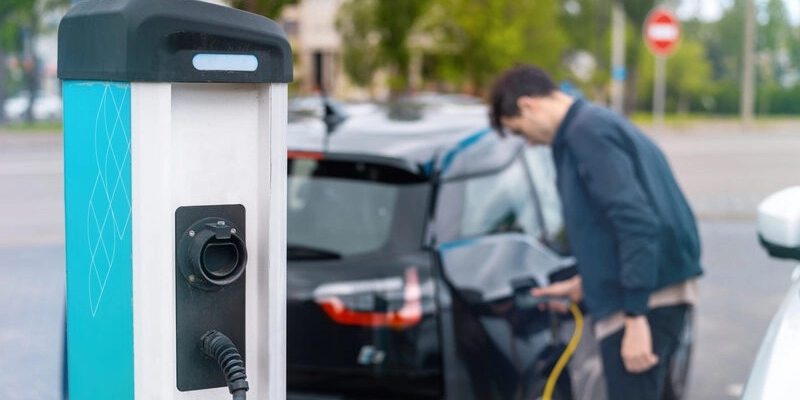
Recently, it has been reported that several public chargers emit noise during operation.
This aspect not only creates discomfort for users and passers-by, but also raises questions about the conditions of these facilities.
According to Elis Álvarez González, CEO of Smart Wallboxes, the problem lies in the lack of proper maintenance.
“If the fans are cooling and have accumulated dirt, that makes even more noise,” he explains to Mobility Portal España.
This situation can be compared to the operation of a laptop, which, over time, and due to the accumulation of dust, makes the noise of its fans increase.
To avoid this inconvenience, Catalonia has established mandatory equipment maintenance.
The decree, published in 2023, stipulates annual inspections for all charging points with more than 10 kilowatts of power installed on public roads.
This specifies that each device must have a “maintenance book” that records inspections and repairs, signed by the operator in charge.
Failure to comply with these regulations may result in penalties.
This legal framework positions the region as a pioneer in regulating the quality and functionality of charging stations.
However, Álvarez González points out that, although this regulation represents progress, its implementation still faces obstacles in terms of resources and supervision.
Many operators do not have the appropriate staff or means to carry out preventive inspections.
This means that some stations, especially in high-demand areas, are affected by intensive use without regular checks to prevent further damage.
In this regard, the CEO stresses that, in practice, many chargers only receive attention when they fail, which leads to accelerated and noisy wear of their components.
Meanwhile, Rubén Valiente, founder of Wattson, points out that the source of the noise is not only due to the lack of supervision, but also to the technology used to cool the “refuelling” equipment.

“Air-cooled power electronics have a certain noise level that can be solved with liquid cooling,” he tells Mobility Portal España.
He clarifies that, although there are quieter air-acclimatized chargers, these are usually more modern and efficient models than those with older technology.
Liquid cooling, although more expensive, represents an effective solution to reduce noise in these devices.
Air cooling systems are often noisy due to the high fan speeds required to maintain component temperature.
Liquid cooling, on the other hand, uses water pipes or other liquids that absorb heat more quietly and efficiently, minimizing the need for powerful fans.
How does it work? This system circulates a coolant through cooling ducts or plates that are in contact with the electronic components and cables.
The liquid absorbs the heat and transfers it to an exchanger, where it is dissipated into the environment.
This method allows optimal operating temperatures to be maintained, reducing the risk of overheating and improving the efficiency and safety of the “refueling” process.
Many companies in the sector are researching this technology and incorporating it into their products, including Huawei.
Noise essentially impacts the user experience, although it should be noted that this is a minor inconvenience compared to the emissions reduction and sustainability that electric vehicles generate.
To prevent this situation, manufacturers are focusing their efforts on developing increasingly advanced technological innovations.
Using artificial intelligence to predict and prevent charger failures could be the key.
According to experts, the future of charging points depends on constant technological evolution.








